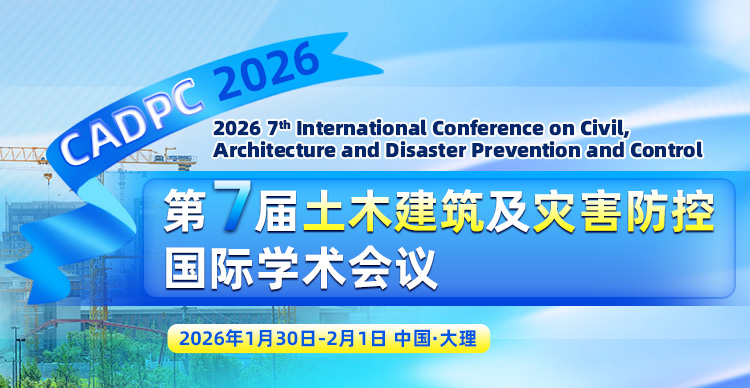sci论文摘要主要包含哪几个部分?
 2022-04-28
2022-04-28
 4892
4892
sci论文摘要主要包含哪几个部分? 摘要在sci论文中占有的地位十分关键,一般都是150个到400个英文单词,但是有很多作者是并不知道sci论文的摘要有什么模板的。在这里艾思科蓝小编给大家讲解sci论文摘要写作技巧,并且也分享了一些sci论文摘要模板范例,大家可以作为参考。

sci论文摘要主要包含四个部分:
1.目的(Objective):直接了当地准确说明研究目的或所阐述的问题。如题目已清楚表明,则摘要中可以不重复。也可以在摘要开始,简要说明提出问题的背景。英文常以动词不定式“To+动词原形”开头。
2.方法(Methods):对研究的基本设计加以描述。包括诊断标准、分组情况及随访时间;研究对象的数量及特征,以及对在研究中因副作用或其它原因而撤消的研究对象数目;观察的主要变量及主要的研究方法;治疗手段包括使用方法及作用时间等。若为临床研究,需说明是前瞻性随机对比研究或回顾性分析。方法学研究要说明新的或改进的方法、设备、材料,以及被研究的对象(动物或人)。英文常需要用完整的被动或主动结构句子,动词用过去时态。
3.结果(Results):为摘要的重点部分。提供研究所得出的主要结果,列出重要数据。指出新方法与经典方法比较而表现出的优缺点,并说明其可信度及准确性的统计学程度。英文要用完整句子,谓语动词用过去时态,研究所得数据如百分数、血压等数字采用临床病例书写形式,不必用书面英文表达。
4.结论(Conclusion):把研究的主要结论性观点,用一、二句话简明表达,不必另分段落或设小标题。结论应该有直接依据'避免推测和过于笼统。英文用完整句子表达,动词时态用一般现在时或现在完成时。最好直接写结论'也可用一些句型引出结论。
sci论文摘要模板范例参考:
例1. Hutchings et al. Science 2018 358, 223-227
Abstract:
(1)The selective oxidation of methane, the primary component of natural gas, remains an important challenge in catalysis. (2)We used colloidal gold-palladium nanoparticles, rather than the same nanoparticles supported on titanium oxide, to oxidize methane to methanol with high selectivity (92%) in aqueous solution at mild temperatures. (3)Then, using isotopically labeled oxygen (O2) as an oxidant in the presence of hydrogen peroxide (H2O2), we demonstrated that the resulting methanol incorporated a substantial fraction (70%) of gas-phase O2. (4)More oxygenated products were formed than the amount of H2O2 consumed, suggesting that the controlled breakdown of H2O2 activates methane, which subsequently incorporates molecular oxygen through a radical process. (5)If a source of methyl radicals can be established, then the selective oxidation of methane to methanol using molecular oxygen is possible.
例2. Liu et al. Science 2018, 362, 1276-1281
Abstract:
(1)Achieving high catalytic performance with the lowest possible amount of platinum is critical for fuel cell cost reduction. (2)Here we describe a method of preparing highly active yet stable electrocatalysts containing ultralow-loading platinum content by using cobalt or bimetallic cobalt and zinc zeolitic imidazolate frameworks as precursors. (3)Synergistic catalysis between strained platinum-cobalt core-shell nanoparticles over a platinum-group metal (PGM)–free catalytic substrate led to excellent fuel cell performance under 1 atmosphere of O2 or air at both high-voltage and high-current domains.(4)Two catalysts achieved oxygen reduction reaction (ORR) mass activities of 1.08 amperes per milligram of platinum (A mgPt−1) and 1.77 A mgPt−1 and retained 64% and 15% of initial values after 30,000 voltage cycles in a fuel cell.(5)Computational modeling reveals that the interaction between platinum-cobalt nanoparticles and PGM-free sites improves ORR activity and durability.
论文是每个作者的心血,花费的时间与精力,都在论文发表的那一刻得到反馈。本期艾思科蓝的学术内容到这里就结束了,如需了解更多相关知识,可以点击进站内搜索关键词。















